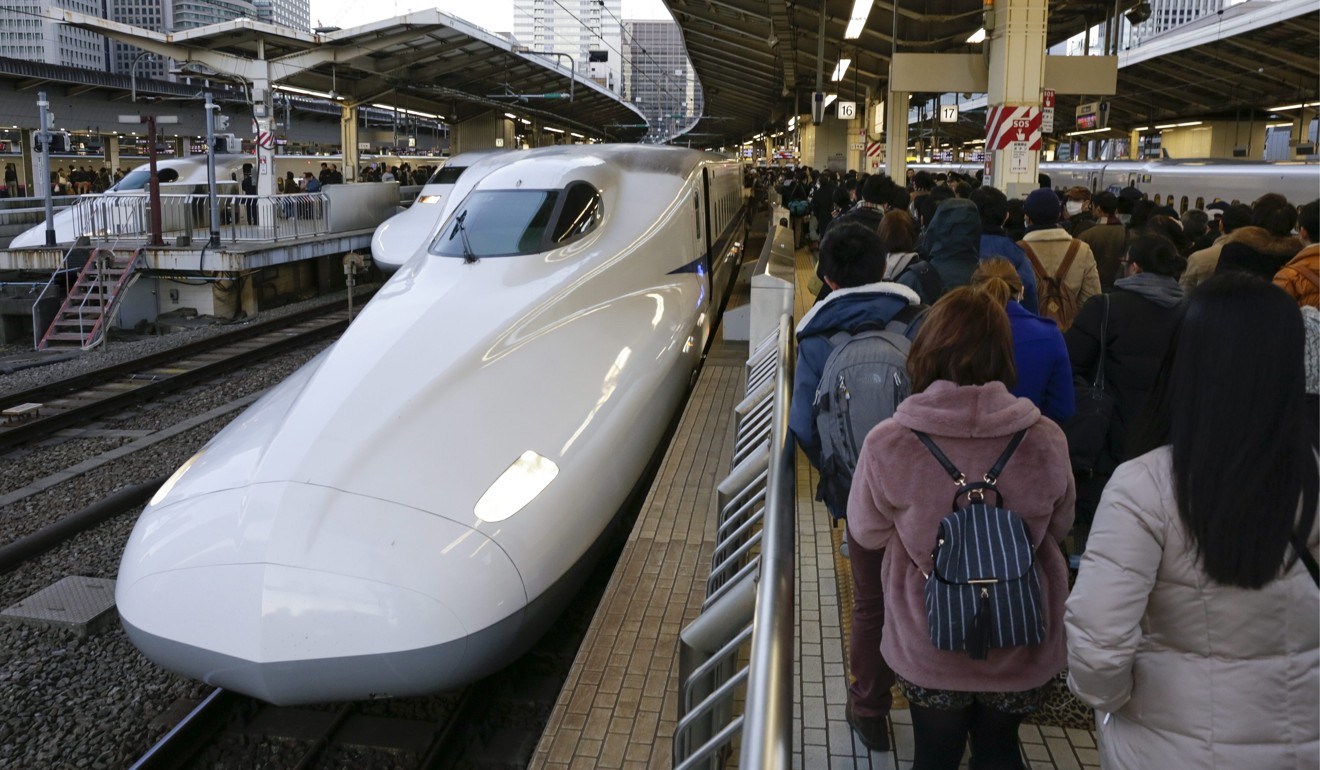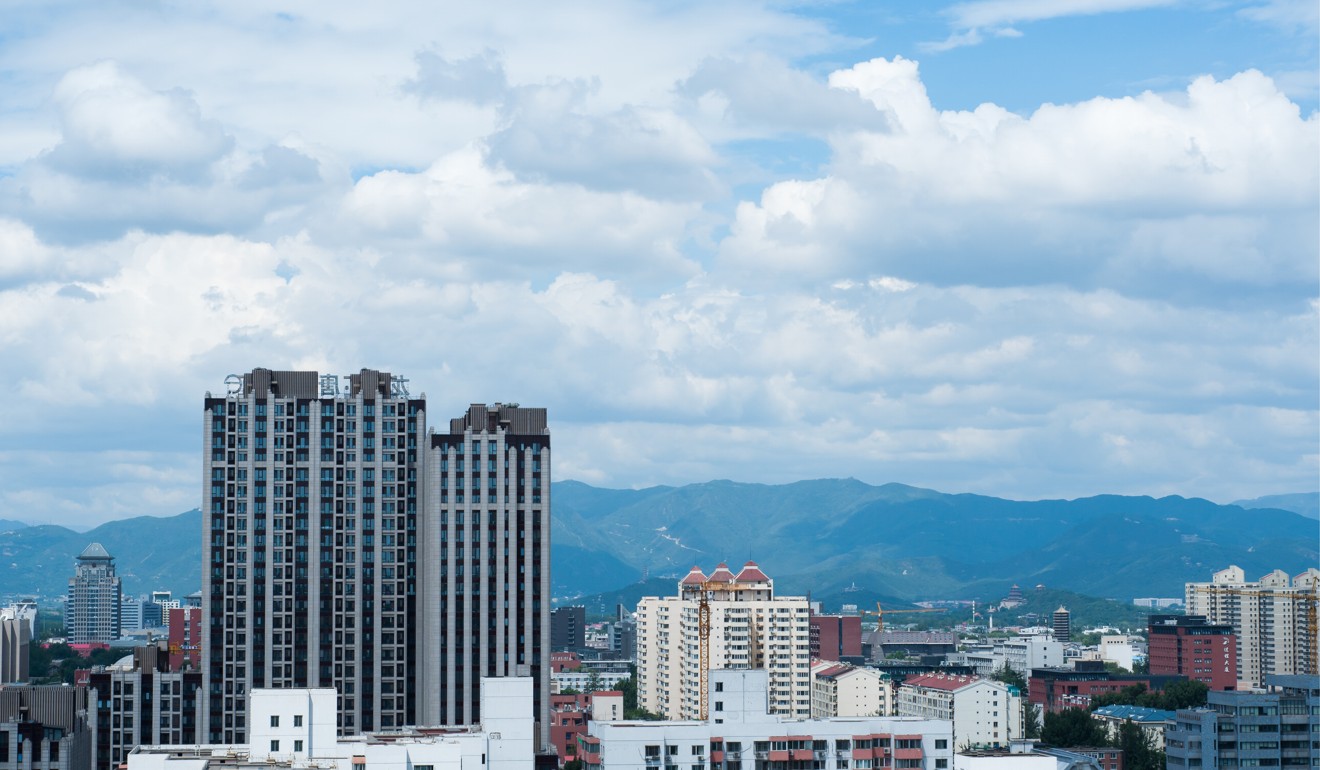
How high-speed rail has made China a fierce competitor in the global economy
- The launch later this month of the high-speed rail link between Beijing and Zhangjiakou – the route of China’s first indigenously built railway 110 years ago – brings home the key role fast trains have played, and will continue to play, in the country’s development of mega regions like the Greater Bay Area

Some 110 years after China’s first indigenously built railway – from Beijing to Zhangjiakou, Hebei – was completed, a high-speed train on the same route will come into service this month. The immediate impetus was the Winter Olympics that China will host in 2022.
Japan’s Shinkansen, or bullet train, also began operation ahead of the Olympics, in Tokyo, in 1964. The Beijing-Zhangjiakou high-speed connection, which will start operating well ahead of 2022, is rich with historical significance.
The first commercial railway in China was built by Jardine Matheson in Shanghai in 1876, only for the unauthorised project to be dismantled the following year. China’s initial rail network, largely foreign-financed, built and operated, rapidly expanded as the Qing government was compelled by foreign powers to grant them railway concessions with associated settlement and mining rights.
The original Imperial Peking-Kalgan (Beijing to Zhangjiakou) railway, built by Yale-trained Zhan Tianyou (known then as Jeme Tien-Yow), was the first major passenger railway financed and built by the Chinese themselves.
When the Peking-Kalgan railway was completed, the US had the largest rail network in the world. But rail in America has been relegated largely to freight transport. Meanwhile, though European countries remain key players in the use of high-speed trains (after learning from Japan), the centre for such trains, in both technology and operations, has shifted to East Asia.
During Japan’s economic take-off, its leaders wisely decided not to follow the US’ auto- and plane-dominated passenger transport network. They opted instead to focus on an option more suited to its high population density, heralding Asia’s era of high-speed trains.

Japan and Korea are both now leading players in high-speed trains. But China – with twice the total length of high-speed rail as the rest of the world combined – dominates.
China has been visible on the international scene in building and financing high-speed train projects in other developing countries. There are also ambitious continental or intercontinental projects that aim to connect China to Singapore, Europe and elsewhere. However, high-speed trains have the biggest impact at home, where they are not just a means of transport but also a key driver of economic development.
As in Japan, the high-speed train network has been instrumental in spreading growth – from China’s prosperous regions to its outlying areas. After Fujian, Anhui and Jiangsu are poised to connect – by the end of the year – all their major cities by high-speed rail. Many other provinces will follow suit next year.
Though initially meant for long-distance trunk connections, the high-speed trains may have had the biggest impact by shortening intercity commutes to about 30 minutes. In this way, Shenzhen and Guangzhou, Shanghai and Suzhou, and Beijing and Tianjin are tightly coupled.

This new high-speed rail connection between Beijing and Zhangjiakou can catalyse the economic development of this underdeveloped region of Hebei. The mountains in Beijing’s northwest, which once served as its natural military defence – where sections of the Great Wall stand – are now a barrier for economic development.
The new high-speed train will connect Beijing’s tech hub in Haidian (on its western side) to its northwest hinterland, separated by mountains, shortening the travelling time to as little as 30 minutes. This northwestern high-speed train corridor can provide room for tech firms to grow in Greater Beijing.
Cities can only grow so big before becoming unwieldy. And no city can be good at all things. By connecting cities distinguished for different functions – research and development, manufacturing, commerce and finance – China is creating new kinds of mega region.
Complementary functions can be seamlessly integrated; spaces from high to low densities can be tightly connected, and; the benefits of super-scale can be realised while its downside controlled.
Among the handful of such mega regions under development, the greatest is of course the Greater Bay Area, where multiple high-speed rail links, subway lines, highways and bridges are being built or extended.
One can have breakfast, lunch and dinner in different cities and be back home on the same day. A metro area is ultimately constrained neither by physical distance nor administrative boundaries, but defined by transport links.
Hong Kong’s finance, Shenzhen’s technology, Guangzhou’s commerce and Foshan’s manufacturing can work together as a concerted whole. The Greater Bay Area is stronger with Hong Kong’s inclusion, and Hong Kong can realise its full potential as an integral part of the Bay Area.
More than an industrial policy, regional development has been key for China’s overall development, and the high-speed railway is a powerful tool. With these trains, China is altering its geography – the once immutable factor in economic development – by compressing large physical expanses into tightly integrated space. In this way, Beijing is facilitating the emergence of vibrant economic regions – which define the competitiveness of nations.
Under pressure to meet payments to foreign powers following the failed Boxer Rebellion, the Qing government nationalised provincial railways and pledged them to foreign banks. The nationalisation, sometimes without adequate compensation, led to protests which precipitated the Qing dynasty’s eventual downfall.
At the start of the Xinhai Revolution that ended Imperial China, Sun Yat-sen, who would become the first president of the Republic of China, travelled on a cross-continental train in the US and was inspired to develop a blueprint for China’s national rail network. A century later, the transformative power of rail, this erstwhile symbol of imperialistic encroachment, has gone beyond what Sun could ever have envisioned.
Winston Mok, a private investor, was previously a private equity investor